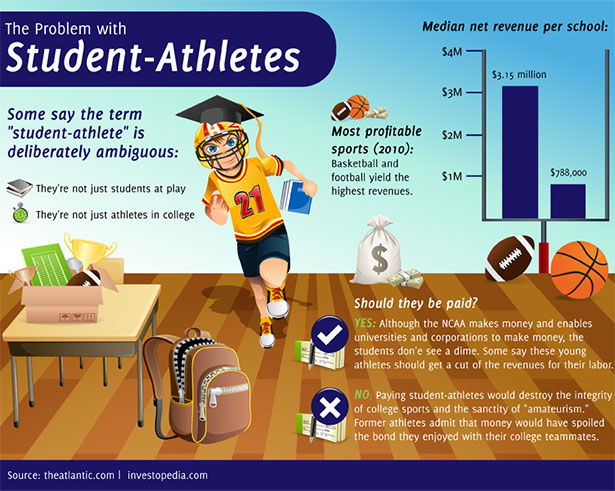After reading study results like these—it's understandable why some folks are determined to swear off all forms of alcohol.
Others remain skeptical and want to know…
To tell you the truth… researchers aren't clear on the relationship between alcohol consumption and cancer.
But the American Cancer Society offers these possible explanations:
For these and other reasons, ACS recommends that people limit alcohol intake to two drinks per day for men. They reduce this recommendation to just ONE drink a day for women because their smaller bodies tend to metabolize alcohol more slowly. Frankly, a drink or two per day sounds like too much to me, especially given levels of obesity and diabetes in our society.
But there's one form of alcohol that may have some benefits. . .
The American Cancer Society admits that moderate alcohol use has been linked to lower risk of heart disease. And the ACS acknowledges that other research seems to indicate there are health BENEFITS to drinking
certain types of alcohol. The obvious case — you probably know this — is red wine.
A recent study published in the
Journal of Women's Health said that drinking about two glasses of red wine daily lowered estrogen levels in premenopausal women—thereby LOWERING breast cancer risk.
This study showed that certain chemicals in red wine appear to block the process that converts androgens into estrogen. In essence, these compounds act as natural
aromatase inhibitors (AIs).
Man-made, synthetic AIs are prescribed to women diagnosed with breast cancer to prevent it from returning. But not just any wine contains these natural cancer killers…
These chemicals are specifically found in grapes, grape juice and in RED wines. Studies show that white wines do not contain the same natural AI compounds. And perhaps most important, other types of alcohol — beer and spirits — have NOT shown these benefits.
Even with red wine the evidence for health benefits is contradictory. Is it a healthy food or a deadly danger? Hard to say for sure -- but it doesn't matter. Stay with me for a moment, because there's an easy way to reap the benefits of red wine without the possible risks and the excess calories.
One red wine compound that has received quite a bit of attention is
resveratrol. Why so?
In
Issue #61, I showed how some researchers have uncovered what they consider to be amazing antioxidant potential in this grape nutrient.
Studies indicate resveratrol may help prevent cell damage that can lead to cancers of the brain, breast, eyes, prostate and skin.
But I'm still not ready to say that resveratrol is the last word in cancer prevention…
After all, many medical professionals are cautious about the positive effects seen in laboratory research.
And let's not forget that resveratrol is just
one of the red grape components that may have potential anti-cancer properties. It belongs to an entire class of antioxidants called
polyphenols that work to enhance your overall health.
Many delicious foods contain these anti-cancer nutrients, such as blueberries, pomegranates, cranberries, and purple potatoes. The spice cumin also belongs to the polyphenol class.
And you might be surprised to know that tea and coffee are also rich sources of these antioxidants.
In short, there are a great many sources of these nutrients that carry a lot less risk than drinking red wine.
And if you're interested in boosting your intake of resveratrol and other anti-cancer nutrients but you find it hard to eat certain foods… or prefer not to drink wine—don't despair!
You can always take nutritional supplements that contain resveratrol and other polyphenols to help build a natural shield against cancer cell growth.
In any case, the natural plant compounds are sure to provide healthy total body protection—without any fear of headaches or hangovers!




